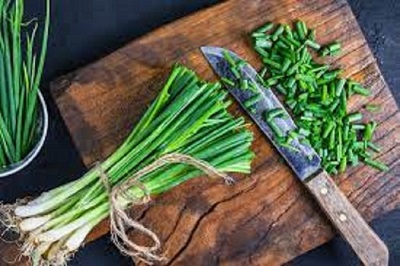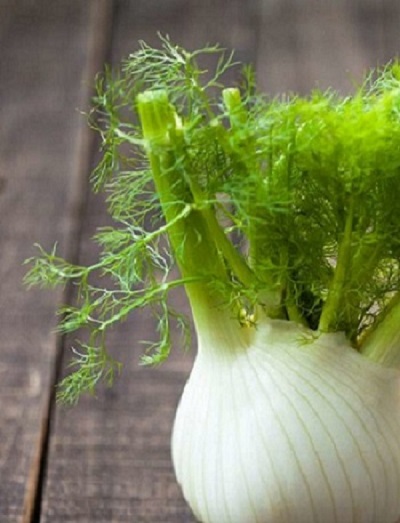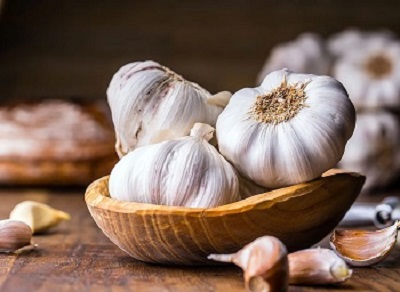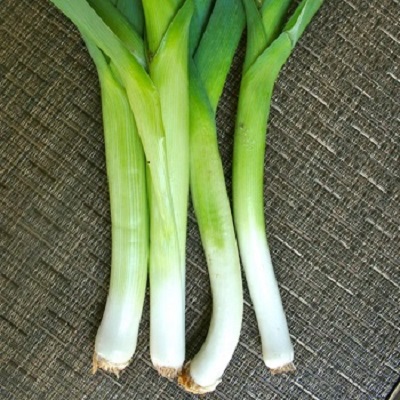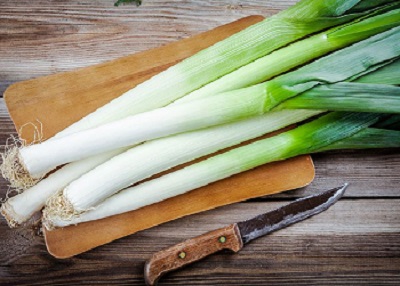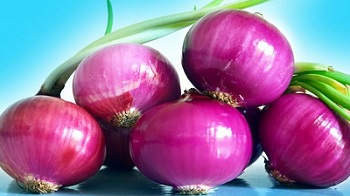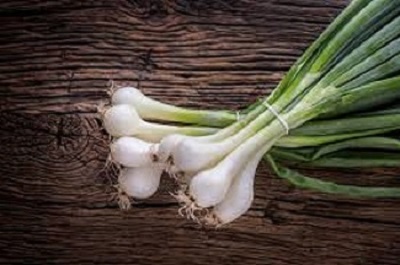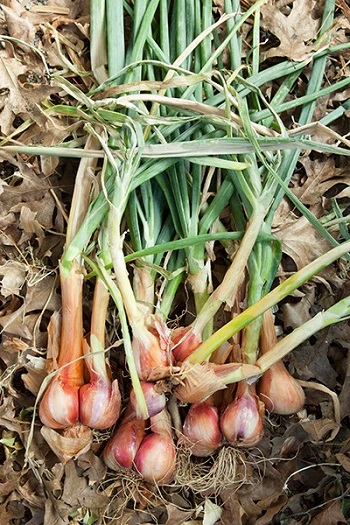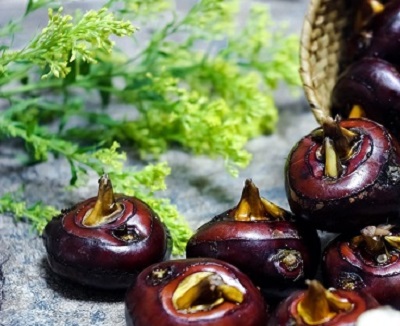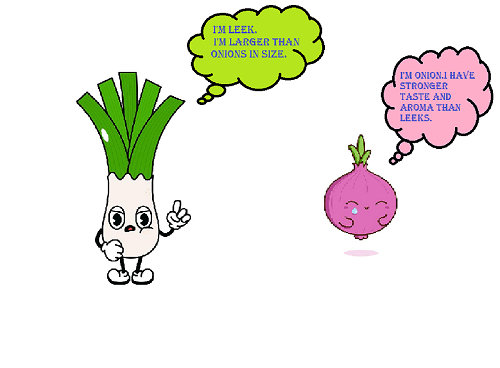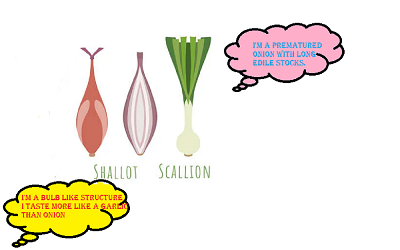List Of Vegetables
- Absinthe Interesting Facts

- Ahipa Nutritional Values

- Akudjura Various Uses

- Amaranth Health Benefits

- American Pokeweed

- Aniseed Myrtle Properties

- Aonori Summary

- Apple Mint Uses

- Arame Medicinal Uses

- Arracacha Nutritional Value

- Artichoke Nutrition Values

- Arugula Health Summary

- Asarabacca Various Uses

- Asparagus Healthy Eating

- Avocado Nutrition Benefits

- Bamboo shoots

- Basil Nutrition Guide

- Beans Beneficial Properties

- Bean sprouts

- Beet Greens Nutrition Facts

- Beets Health Benefits

- Bishop’s weed Various Uses

- Bitter Gourd Nutritional Value

- Black Beans Benefits

- Blue Fenugreek Various Uses

- Boldo Medicinal Values

- Bok Choy Health Benefits

- Borage Greens Medicinal Purposes

- Bottle Guard Aspects

- Broccoli Health Properties

- Broccoflower Nutrition Guide

- Broccoli Raab Nutrition Values

- Broadleaf Arrowhead Health Benefits

- Brussel sprouts Nutrition Summary

- Burdock Health Benefits

- Cabbage Health Facts

- Camas Health Benefits

- Cantaloupe Nutrition Guide

- Canella Uses

- Carrots Health Properties

- Cardoon Nutritional Value

- Carola Summary

- Cassava Health Properties

- Catnip Oil Benefits

- Catsear Flower Uses

- Celeriac Nutritional Value

- Celery Health Benefits

- Chard(Swiss & red)Nutrition Values

- Chaya Nutrition Facts

- Chervil Properties

- Good King Henry

- Chickweed Health Benefits

- Chickpeas Nutrition Summary

- Chile peppers Health Benefits

- Chinese Artichoke Uses

- Chinese Broccoli Nutritional Values

- Chinese cabbage Nutrition Values

- Chinese Mallow Aspects

- Chives Nutrition Guide

- Chrysanthemum Leaves Uses

- Cicely Unknown Benefits

- Cinnamon Myrtle Medicinal Value

- Collards Nutrition Facts

- Common Purslane Benefits

- Corn Health Values

- Corn Salad Interesting Facts

- Cress Medicinal Values

- Cucumber Health Benefits

- Culantro Leaves

- Curry Leaf Tree Origin

- Collard Greens Nutrition Facts

- Dabberlocks Interesting Facts

- Dandelion Health Benefits

- Dill Health requirements

- Drumstick Nutritional Value

- Dulse Health Benefits

- Earthnut Pea Properties

- Eggplant Nutrition Guide

- Elephant Foot yam Health Benefits

- Elephant Garlic Uses

- Endive Medicinal Properties

- Ensete Health Benefits

- Epazote Properties

- Fat Hen Interesting Facts

- Fingerroot Uses

- French Sorrel Health Facts

- Garlic Nutrition Values

- Gim seaweed Uses

- Ginger Flower Properties

- Ginger Medicinal Values

- Golden Samphire Aspects

- Greater Plantain Medicinal Uses

- Green onions Health Facts

- Green peas Nutrition Values

- Hijiki Nutritional Aspects

- Holy Basil Leaves

- Horseradish Health Benefits

- Onions Nutrition Guide

- Sea Beet Aspects

- Sea Lettuce Health Benefits

- Yam Nutritional Value

- Yarrow Medicinal Uses

- Zucchini Health Guide

- Podded Vegetables
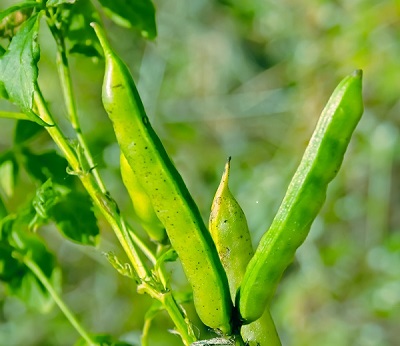
- Bulb Vegetables
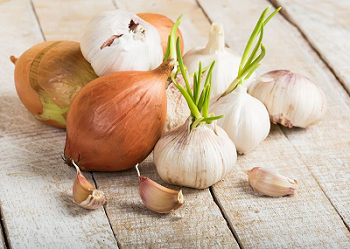
- Veggies by seasons

- Veggies did you know??

- Comparison of veggies!!!

- Veggies and it's origin

- Comical View of Veggies

- Categories of veggies

- Top Veggiess 100 To 91
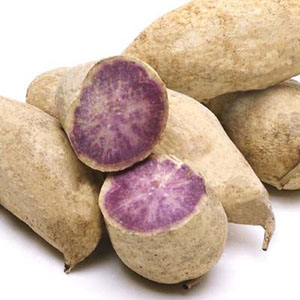
- Top Veggiess 90 To 81
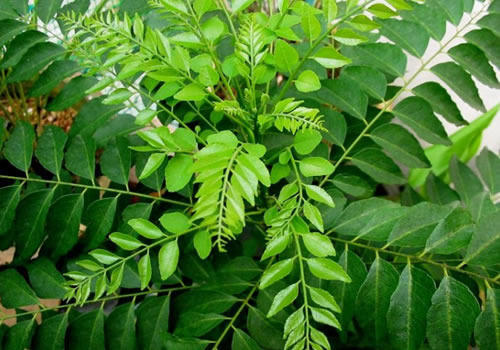
- Top Veggiess 80 To 71
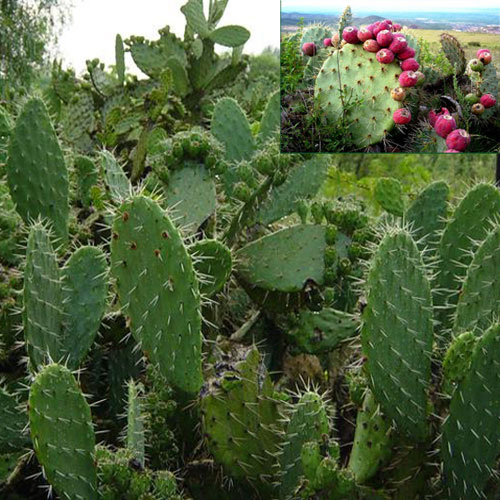
- Top Veggiess 70 To 61
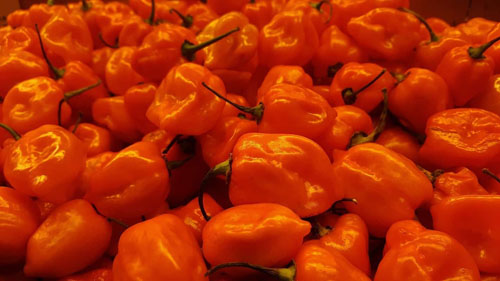
- Top Veggiess 60 To 51
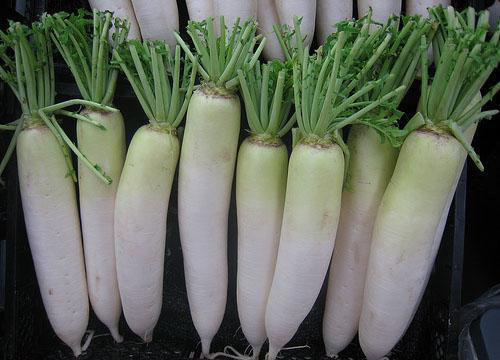
- Top Veggiess 50 To 41

- Top Veggiess 40 To 31

- Top Veggiess 30 To 21

- Top Veggiess 20 To 11
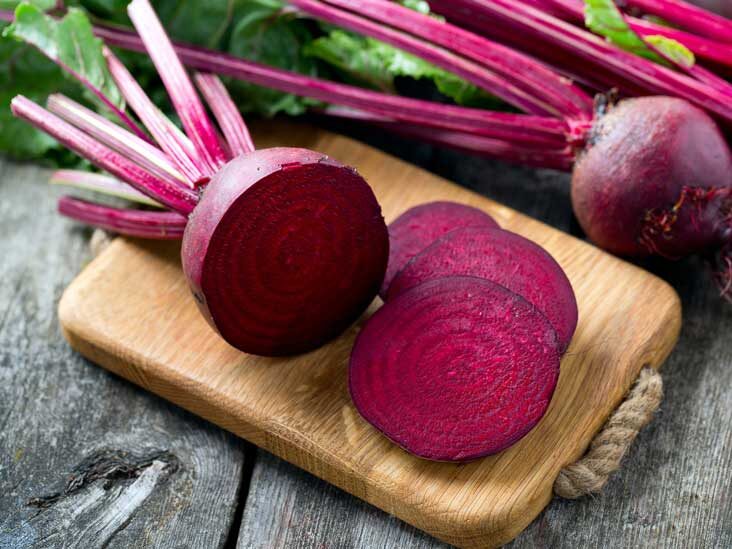
- Top Veggiess 10 To 01
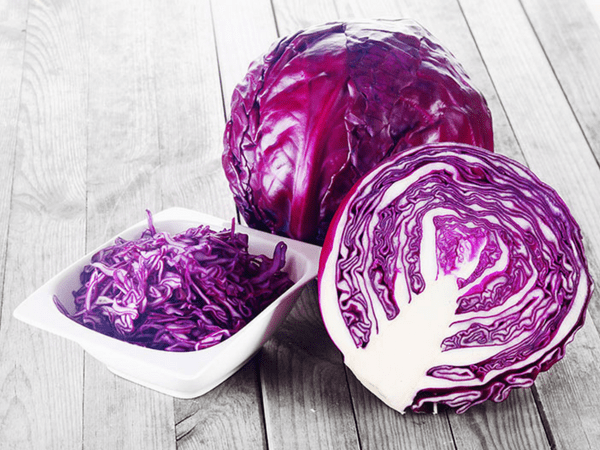
Veggie Picks
BULB VEGETABLES
Plants that grow below the ground and produce edible bulbs are called bulb vegetables.
In these bulb vegetables, the practise of eating the bulb part is encouraged more than eating the leaf part.
These vegetables are used as medicines because of their cancer-preventing and immunity-boosting properties.
They also help in improving the function of the central nervous system.
These vegetables contain an immense amount of nutrients as that are essential to gaining healthy skin and eyes.
Mostly, they are used in food dishes to enhance the flavour of the food.
LIST OF BULB VEGETABLES
1)CHIVES
2) FENNEL
3) GARLIC
4) KURRAT
5) LEEKS
6) ONION
7) SCALLIONS
8) SHALLOT
9) WATER CHESTNUT
CHIVES-Allium schoenoprasum
Chives are green vegetables that belong to tghe Allium genus. Chives are cool-season, cold-tolerant perennials. Chives thrive in both warm and cold temperatures. Depending on the variety planted, the magical herb grows about 10-20 inches high. It blossoms with beautiful pinkish-purple flowers. These vegetables are low in calories but high in nutrients and antioxidants. They are rich in vitamin K, which helps with bone health. Chives contain folate. They also contain lutein and zeaxanthin, which are carotenoids. Lutein and zeaxanthin accumulate in the retina of the eye to help prevent age-related macular degeneration.
FENNEL-Foeniculum vulgare
Fennel is a member of the carrot family, though it's not a root vegetable.
The bases of its long stalks weave together to form a thick, crisp bulb that grows above ground.
Every part of it is edible, from the bulb to the flowers, and it can be eaten raw or cooked.
Well-drained loamy soil or black or sandy soil rich in organic matter is suitable for fennel cultivation.
Their dried seeds and oil are used in both food and medicine.
It improves heart health, reduces inflammation, suppresses appetite, and even provides anticancer effects.
Fennel is used for various digestive problems, including heartburn, intestinal gas, bloating, loss of appetite, and colic in infants. They are also used for curing upper respiratory tract infections, coughs, bronchitis, cholera, backaches, and visual problems.
GARLIC-Allium sativum
Garlic grows underground in the form of a bulb. Garlic is a member of the lily family. Its intense and unique flavour and aroma make it a mainstay of cuisines around the world. It is native to central Asia but grows wild in Italy and southern France. Garlic is low in calories and rich in vitamin C, vitamin B6, and manganese. It also contains trace amounts of various other nutrients. It helps in reducing high levels of blood pressure and cholesterol. It is used for curing cold and flu by boosting the immune system.
KURRAT-Allium kurrat
Leeks that are grown in Egypt are called kurrat. Kurrats are smaller in size when compared to Leeks. They are now predominantly grown in the Middle east and have been cultivated in Egypt for atleast 2500 years. The edible parts of the plant are flowers,leaves and roots. They contain sulphur comp The crude juice and ether extract of Allium Kurrat is found to be active against Escher-ichia coli and Bacillus subtiliounds.The juice of Kurrat used as a moth repellent. It is used act as a tonic to the digestive system and also tonify the circulatory system.
LEEKS -Allium porrum
Leeks are bulbous vegetables with white flesh and leafy green tops that belong to the onion family. Leeks are grown in sunny spot in soil that is fertile and well-drained. They have a sweet, oniony flavour . There are a number of leek varieties, though the vegetable is separated into two general types:
Early season
Late season
Early season leeks tend to grow faster due to warmer temperatures, but they're smaller and milder in flavor. Late-season leeks have a wider stalk and a slower maturation rate.
Leeks are rich in flavonoids, especially one called kaempferol. Flavonoids are antioxidants and may have anti-inflammatory, anti-diabetic, and anticancer properties, as well as other health benefits.
ONIONS-Allium cepha
Onion plants are a plant species in the Allium genus in the Amaryllidaceae family. The onion plant in botany is called Allium cepa. Onions have been a staple plant in the diet of humans for more than 7,000 years, and during much of that time, they were cultivated. There are still wild species in certain areas of Asia, but overall, onions are a globally grown and cultivated plant. Onions contain organic sulfur compounds. These compounds are the reason onions have such a sharp, strong taste and smell.They aid in the prevention of cancer and heart disease, as well as the maintenance of blood sugar levels. The potential antibacterial properties of onion may include extensive antifungal applications, which have made it a household name in antifungal relief. Onion plants can be grown in well-drained and moist soil.
SCALLIONS-Allium fistulosum
Scallions are also known as spring onions or green onions. They are vegetables derived from various species in the genus Allium. They are harvested when young and before the white bulb has time to form properly, and are tender and mild with a long white slender neck and hollow green tops. Scallions are an abundant source of vitamin C, B-complex vitamins such as vitamin B1 (thiamine), vitamin B2 (riboflavin) and vitamin B3 (niacin). Scallions are also a good source of various vitamins and minerals such as carotenoids, calcium, potassium, and antioxidants. Due to such a healthy composition, scallions receive considerable attention.Scallions are beneficial for diabetics because of their high antioxidant potential. High blood sugar level increase oxidative stress (the inability of the body to detoxify harmful substances such as free radicals), which further leads to the progression of diabetes.
SHALLOT -Allium ascalonicum
Shallots are formed in clusters of offsets with a head composed of multiple cloves. They grow in fertile soil and are of low-maintenance.
They originated in Asor Minor. The skin colour can vary from golden brown to grey to rose red, and their off-white flesh is usually tinged with green or magenta. Compared with common onions, shallots are a more concentrated source of protein, fiber, and micronutrients, including calcium, iron, magnesium, phosphorus, potassium, zinc, copper, folate, B vitamins, and vitamins A and C. They offer an interesting culinary flavour to foods and can be used either fresh or as a pickled vegetable product.
WATER CHESTNUT -Eleocharis dulcis
Water chestnuts, also known as Chinese water chestnuts, are tuberous aquatic vegetables that grow underwater in marshes. This is often cultivated in paddy fields as it requires a lot of water to grow. It is a grass-like plant widely distributed in Southeast Asia, Africa, Australia, and some Pacific and Indian Ocean islands. Although a water chestnut resembles an actual chestnut, it is not a nut but a vegetable with a thick brown peel and an inner crisp white flesh that contains a high amount of water. It has a delicate taste and a crunchy texture . Raw water chestnut is an excellent source of potassium, riboflavin, magnesium, and phosphorus. It helps in weight loss ,provides antioxidants and lowers blood pressure. It is used in stir-fried and sautéed vegetable dishes, or served raw in salads.
COMPARISON OF BULB VEGETABLES
LEEKS AND ONION
| Leeks | Onion |
|---|---|
| Generally, leeks are larger and longer in size than onions. | Onions are stronger in taste and aroma than leeks. |
SCALLIONS AND SHALLOTS
| Scallions | Shallots |
|---|---|
| Scallions are prematured onions with long edible stocks. | Shallots taste more like garlic than onions. |
